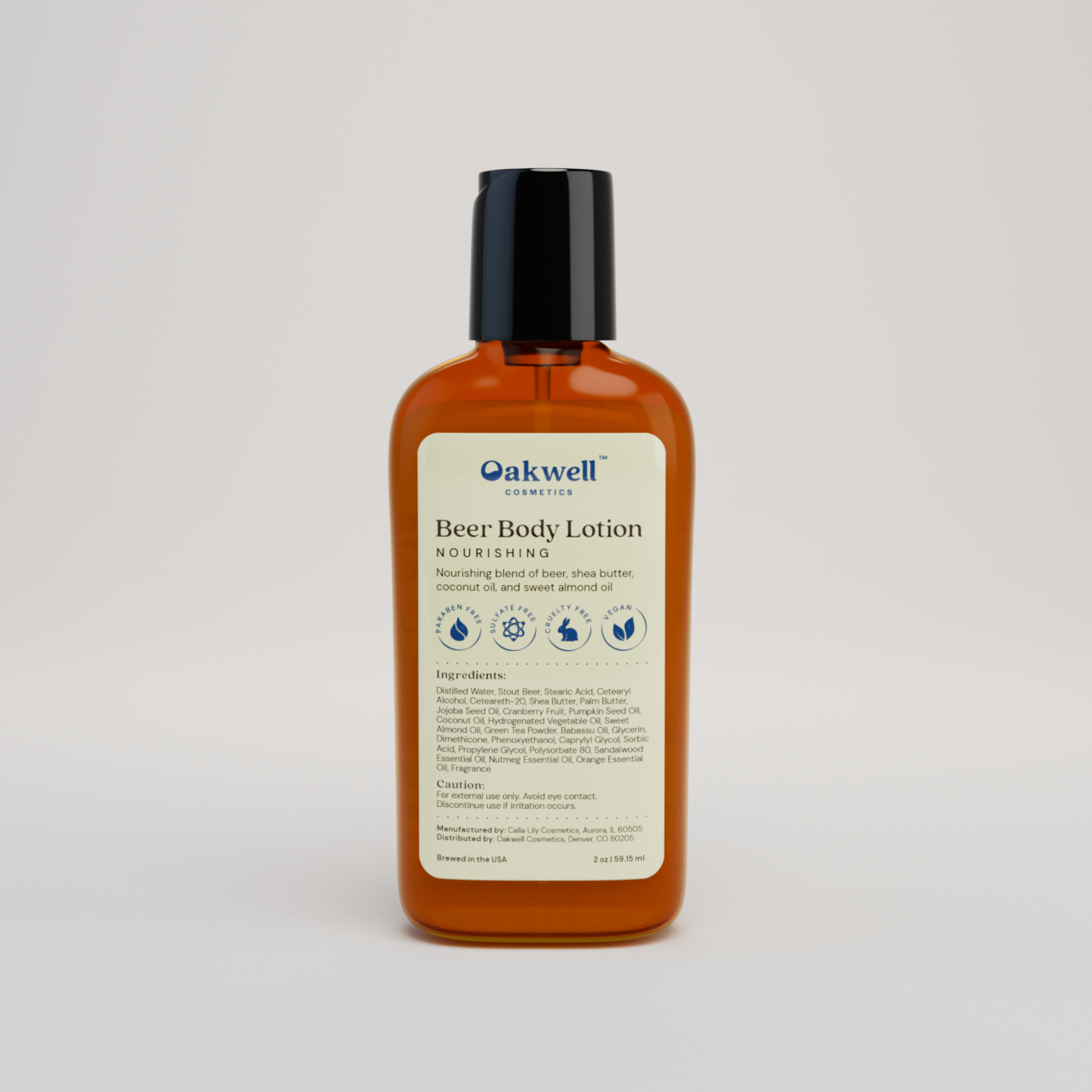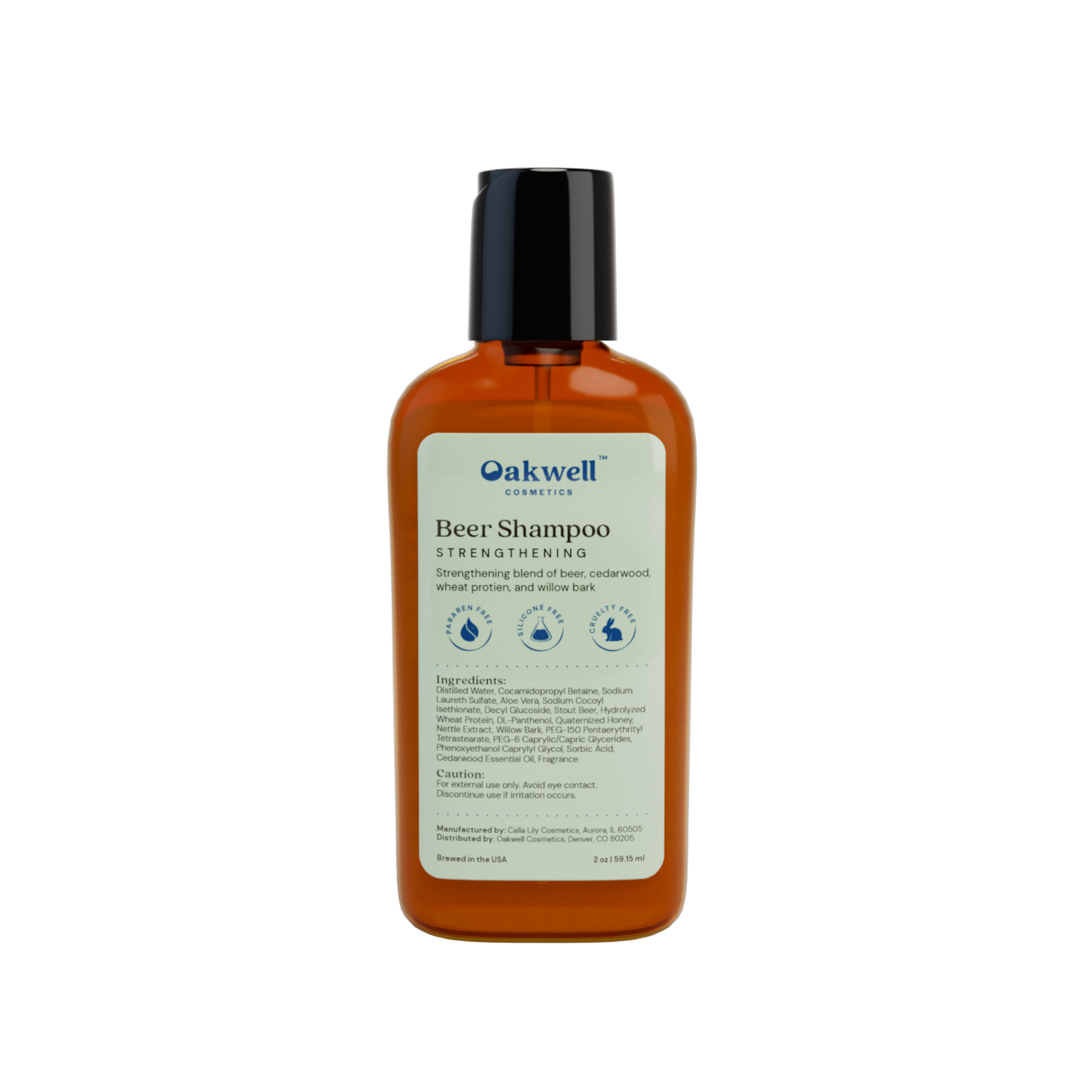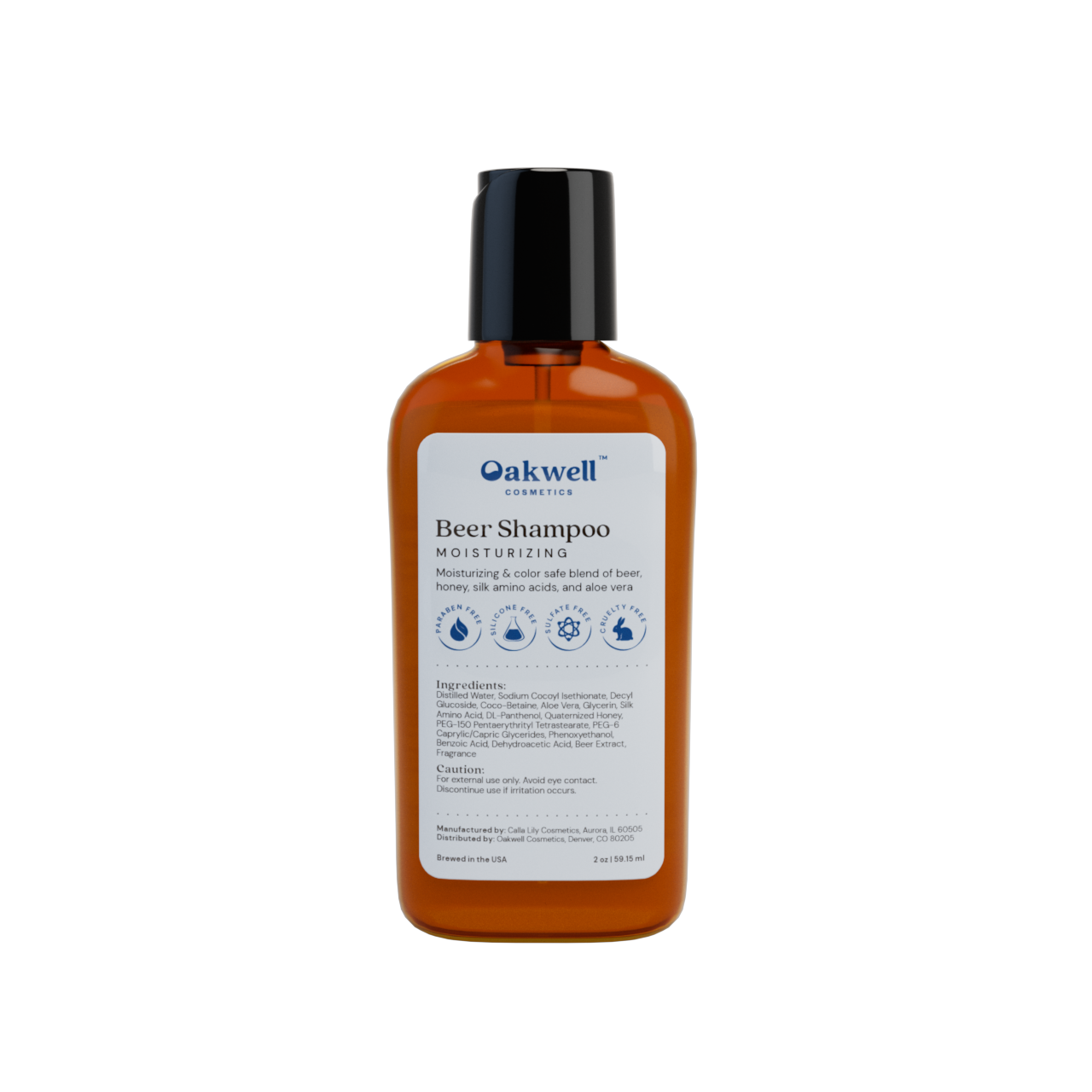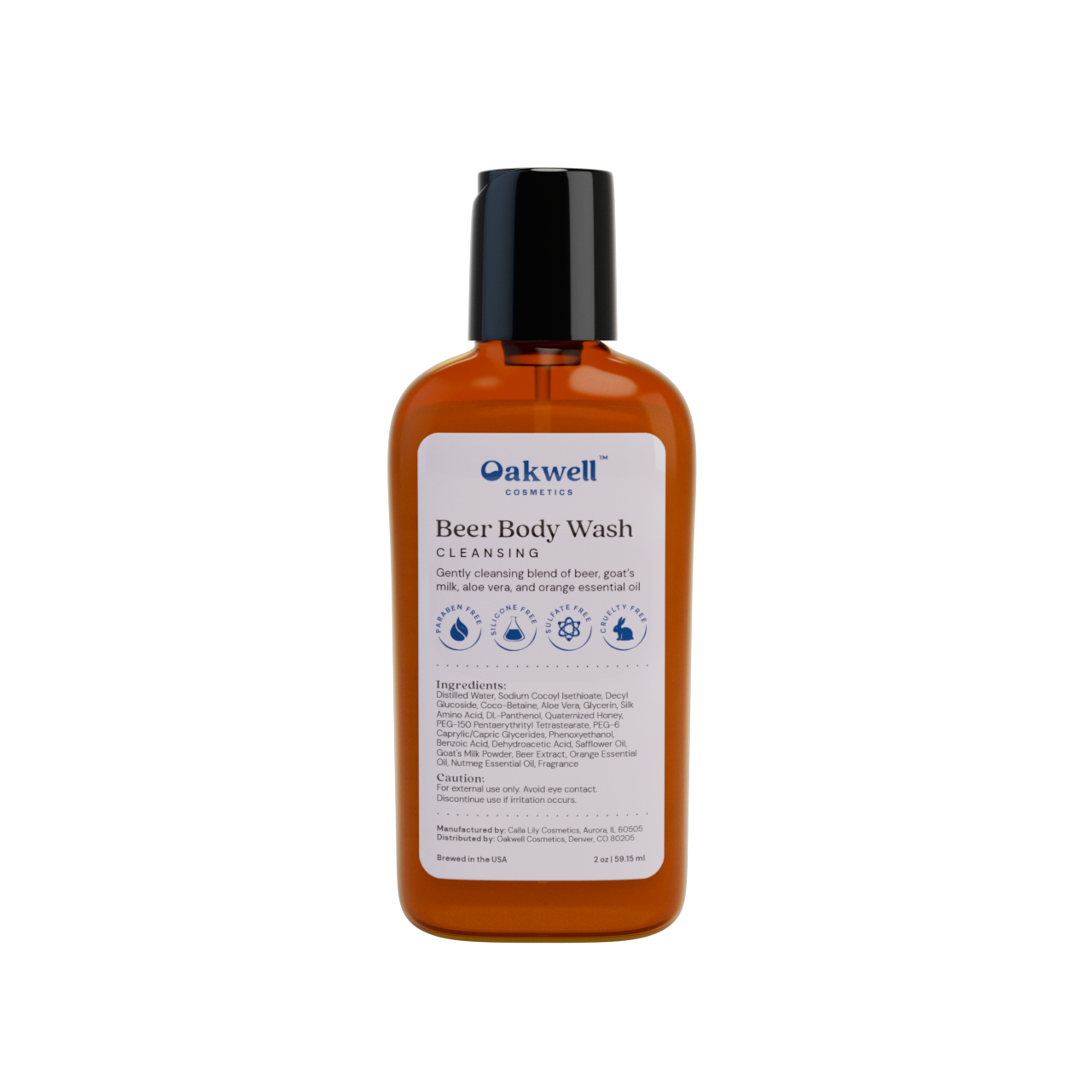How to Unplug for Screen-Free Time & Better Well-Being

We live in a world that rarely slows down. Screens, notifications, and endless to-do lists keep our minds in overdrive. With this, it makes sense if you’re feeling stressed, overwhelmed, or like it’s impossible to feel rested. That’s why we’ve asked mental health professionals about how to unplug and simple strategies you can incorporate into your daily life.
To unplug, plan screen-free activities like going outside, doing creative projects, and spending time with loved ones. These small breaks give your brain a reset and your body time to relax.
In this article, we’ll explore what it really means to unplug, why it matters, and practical ways to start today.
What does it mean to unplug?
Unplugging is less about turning off a device and more about creating intentional space from constant input, says Courtney Shrum, Mental Health Counselor and Owner at Candor Counseling. It means stepping away from notifications, responsibilities, and mental “tabs” that never seem to close — even if only for a few moments.
When you unplug, you shift from reactive mode to a state of rest and presence. This allows your body and mind to slow down, notice your surroundings, and connect more deeply with what’s happening in front of you.
How to Unplug: 10 Practical Ideas & Examples
Prioritize Screen-Free Time
Janet Philbin, Psychotherapist, Hypnotherapist, & Author of Show Up For Yourself: A Guide to Inner Awareness and Growth, explains that daily screen-free time is vital for mental health. Phones deliver quick dopamine hits that keep us hooked, but constant scrolling blocks proper rest and recovery.
Spending less time on screens also frees you to be more present with others. Without the distraction, you can give conversations and relationships your full attention.
If you can make screen-free time a daily habit, you’ll notice more rest, better focus, and a stronger sense of connection.
Set Boundaries With Technology
Setting boundaries with technology helps you unplug from devices and reclaim focus. Philbin recommends a slow detox instead of quitting all at once.
Practical ways to set boundaries with screens include:
- Set a timer to indicate when it’s time to stop scrolling
- Delay phone use at least 20 minutes after waking up
- Delete apps you don’t use or that drain your mood
- Create family screen-free time, like no phones during meals
- Track how you feel on days with and without social media
Philbin also suggests setting streak goals. Track how many days you stick to new habits — Way of Life is a great app for doing this, or take it offline by checking off a simple wall calendar for each successful day.
Practice Mindfulness
Philbin explains that mindfulness means being fully present. Have you ever scrolled social media, only to realize 30 minutes disappeared before you knew it? That’s your unconscious mind on autopilot.
Psychologists confirm that mindfulness boosts calm, focus, and positive emotions. It can also redirect your attention from screens to the life going on around you. Start small, and use self-talk like, “I’m outside, noticing the sky and trees.”
You can practice mindfulness with simple activities, like a slow skincare routine or a walk without distractions. In time, being mindful can become a natural way to mentally unplug.
Get Physically Active
Physical activity is one of the best ways to unplug from technology. Philbin notes that activities requiring both hands, like pickleball, tennis, kayaking, or basketball, keep your body engaged and away from your phone.
When you’re moving, your brain focuses on coordination and presence. This pulls you out of screen mode and into the moment. Physical activity also helps recharge your overall health and well-being.
Schedule Self-Care
Self-care gives you structured time to focus on yourself instead of screens. Philbin suggests activities like meditation, baths, exercise, or skincare.
“One of my favorite self-care rituals is to combine meditation and using a face mask,” says Philbin. “Use a facemask, lie down, and close your eyes to meditate as you take care of your skin. This can help improve your mood, reduce anxiety, and remind you how good it feels to unplug.”
Prioritize Connections
Prioritizing relationships is one of the best ways to unplug from technology. Strong connections also support better health, happiness, and even longevity.
Philbin reminds us that your phone can’t hug you, listen to you, or share in your joy — people can. By spending intentional time with loved ones, you meet the core human need for connection and support.

Spend Time Outdoors
Nature naturally helps regulate the nervous system. Philbin explains that being outside promotes feelings of calm, groundedness, and safety.
Shrum adds that shifting from artificial input like phone alerts to natural input like birdsong and wind helps reset your senses. Just 10–15 minutes outdoors can slow your breathing, reset your nervous system, and promote relaxation.

Do Creative Activities
Shrum recommends doing creative activities that focus on the process, not the outcome. Cooking, painting, gardening, or woodworking all help you enter a “flow” state — find any creative activity you enjoy and are likely to invest in.
Creative flow pulls you out of overthinking and makes it easier to unplug from technology. It can also restore curiosity and joy, which naturally supports relaxation and happiness.
Try Intentional Silence
Most of us don’t experience much silence during waking hours. As Shrum points out, many people fill quiet moments with sound — music, podcasts, TV, etc. However, intentional silence can give your brain space to process and find calm.
Try driving, sipping your morning coffee, or taking a shower without added noise. Short moments of mindful silence can help you mentally unplug and reset.
One of our favorite ways is a silent shower — slowly notice the scents of your shampoo, conditioner, and body wash. You can even try this yourself with a mini shower kit from Oakwell Cosmetics.
Create Daily Rituals
Shrum suggests creating daily rituals to help you unplug. These act as cues that it’s time for rest. For example, light a relaxing candle at the end of your workday or put on cozy pajamas during your evening wind-down routine.
Rituals signal your brain to shift from “doing” to “being.” Over time, they create reliable moments of calm that help you unplug more easily.

How to Unplug: FAQs
Make unplugging more attainable with answers to common questions below.
Why is unplugging good for you?
Unplugging is important because constant stimulation puts the body in stress mode. Shrum explains that taking breaks lowers cortisol, eases muscle tension, and improves your mood. Over time, unplugging can also boost creativity, prevent burnout, and restore balance.
What’s the best way to unplug?
The best way to unplug is by scheduling time for offline activities you enjoy, like reading or walking. Start small, then gradually build up to longer screen-free periods.
How do I unplug from devices?
To unplug from your devices, try turning off notifications, planning phone-free times, and focusing on screen-free activities. It can also help to set screen limits in your phone’s settings, which will alert you when you’ve reached your time limit and encourage you to take a break.
How to Unplug: Conclusion
Learning how to unplug is key to stress reduction and achieving a better balance in your daily life. With consistent practice, whether through mindfulness, relationships, or outdoor time, you can reset your body and mind.
Try one or two strategies, then build from there. Small steps can lead to long-lasting change.


Become a part of our community and be the first to learn all there is to know about Oakwell







